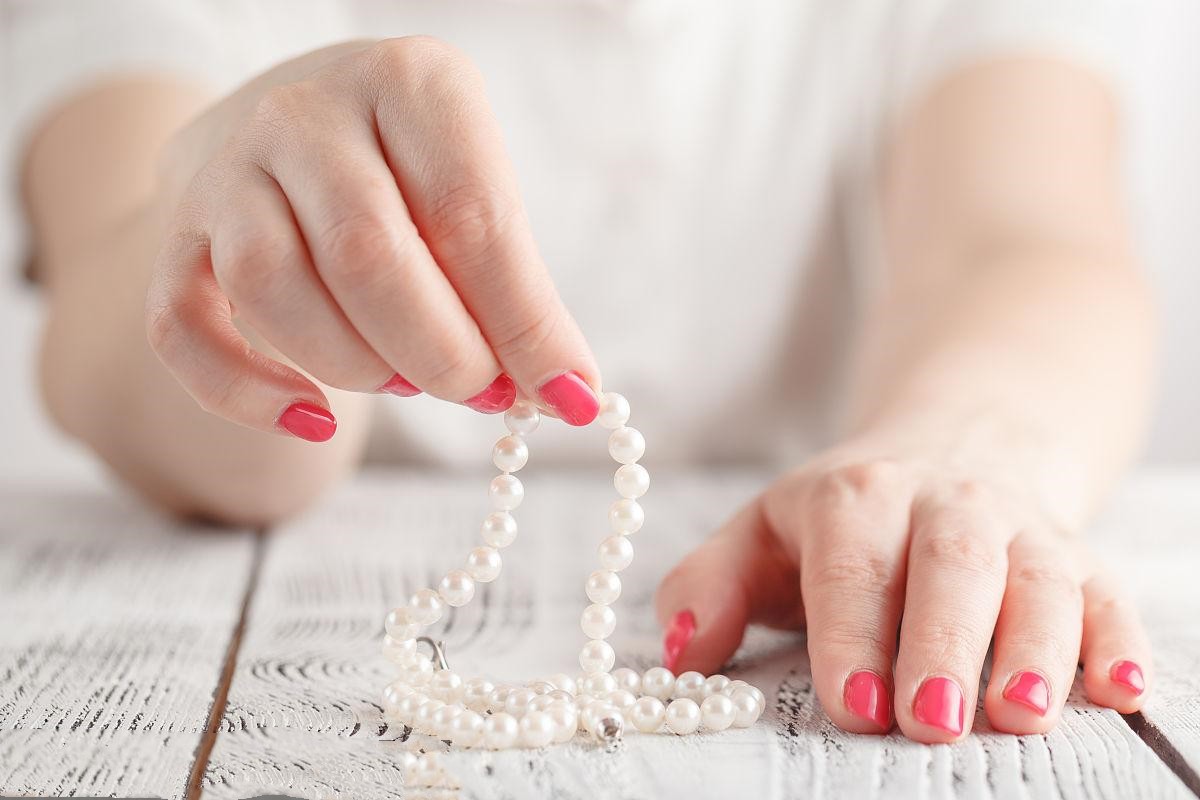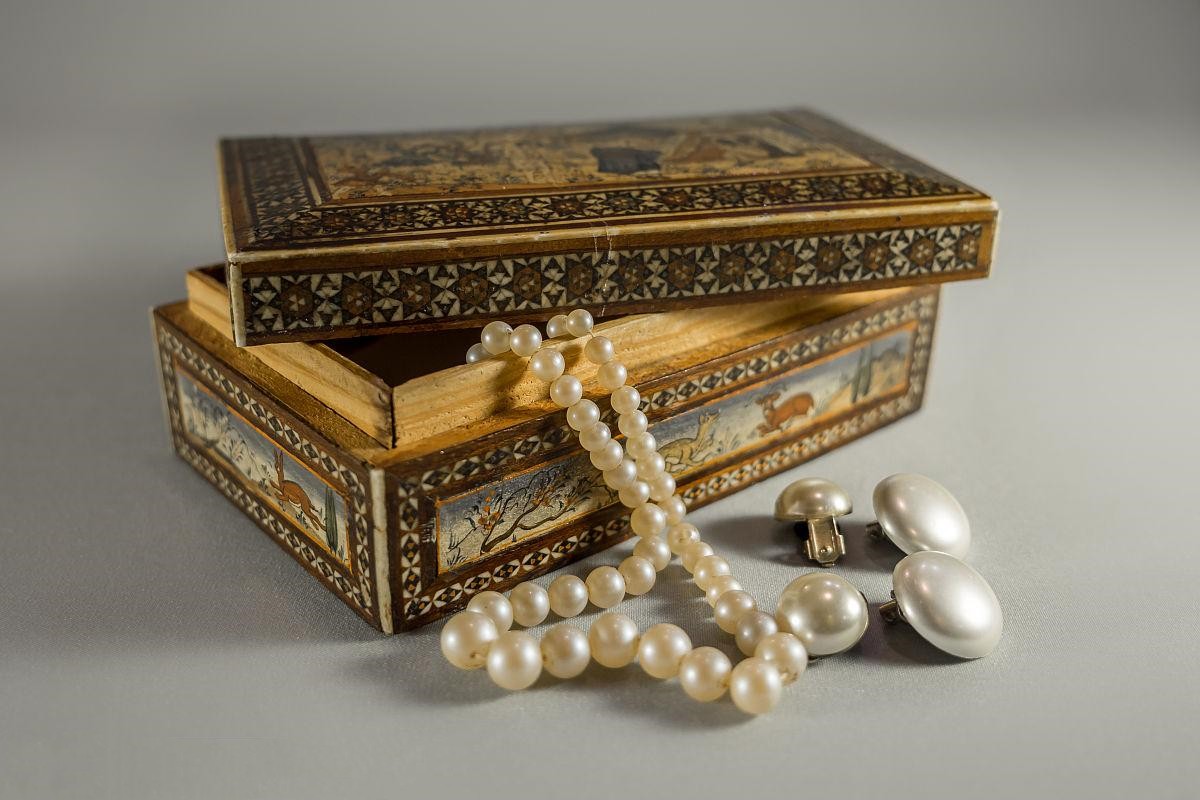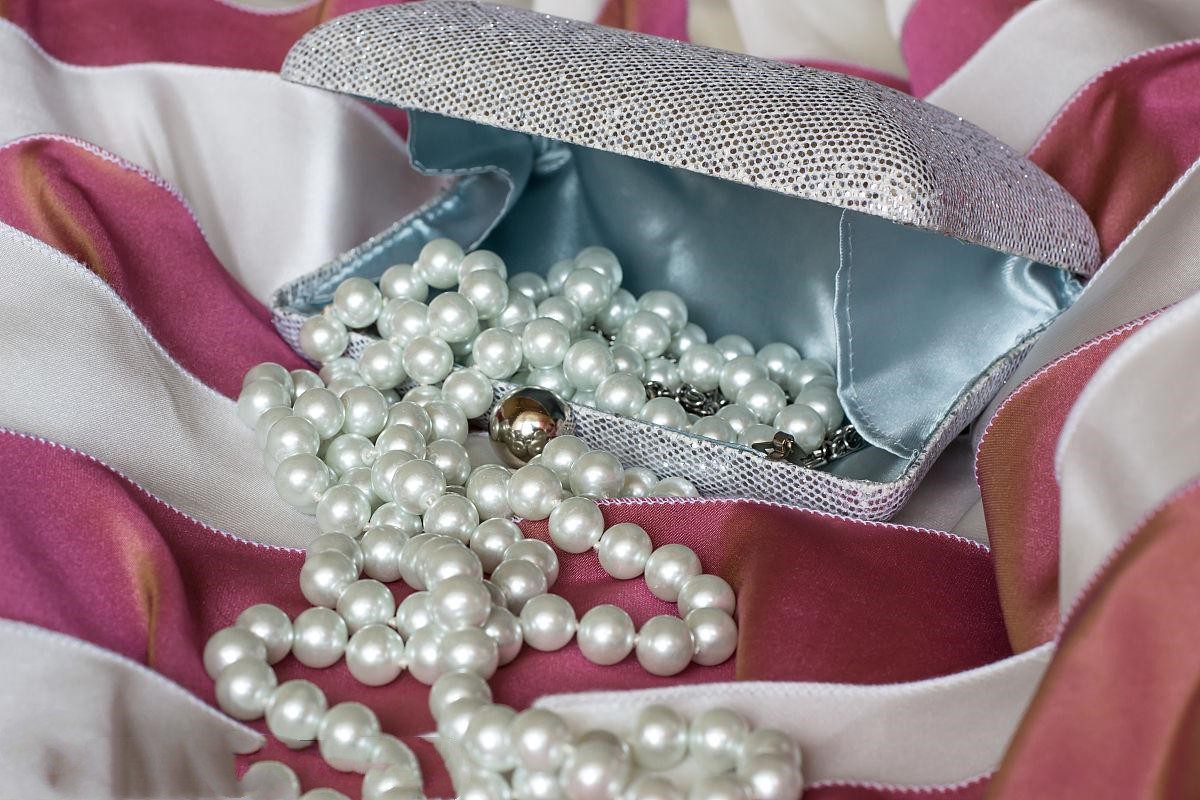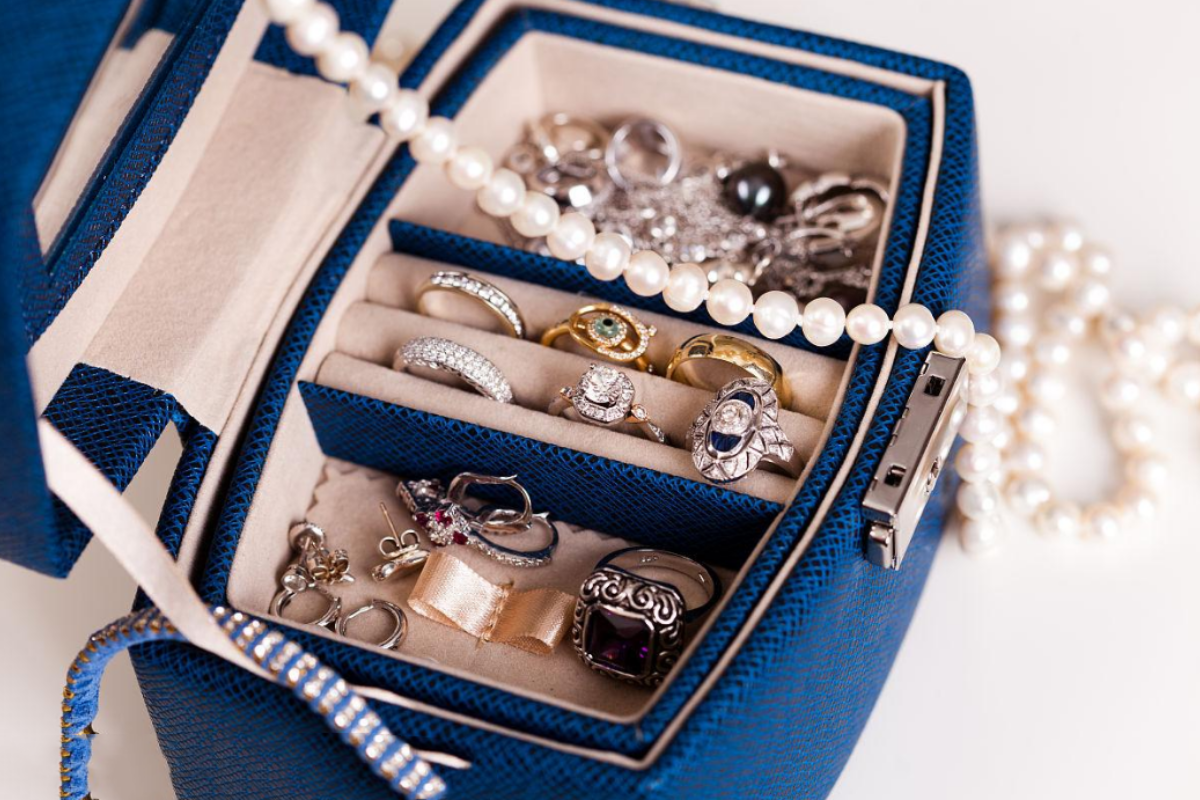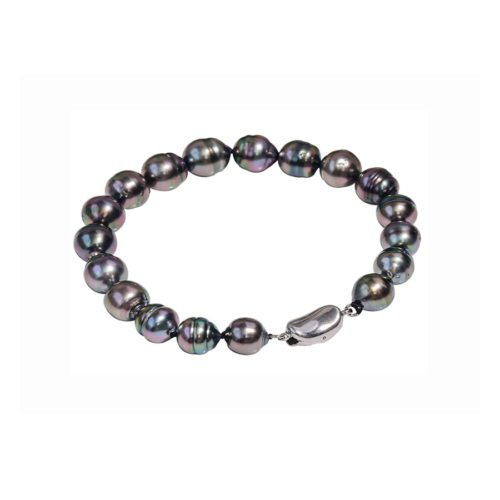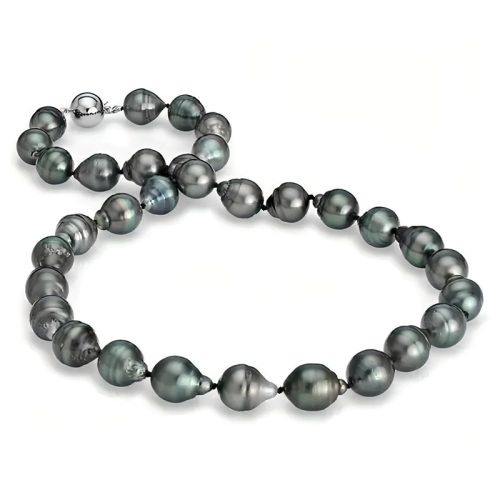10 Ways To Tell You How To Tell If Pearls Are Real?
This is a very honest, technical, grounded and practical article on pearls. pearlsnation has been in the industry for decades, and often goes to the first-line pearl breeding bases to select high-quality pearls and bring them back to China for design and processing.
Pearls are colorful, bright and colorful in the sun, with obvious luster, so they are also loved by people. Pearl accessories are also widely used, and because the price of ordinary pearls is reasonable and the threshold for entry is low, many women’s accessories are Made of pearls. But the widespread use of pearls has also led to the proliferation of fake pearls.
Come and see if your pearl jewelry is real, right?
1. Check the characteristics of the surface of the pearl
The number of flaws on the surface of pearls directly affects the aesthetic level of pearls, but there are very few pearls without flaws. The flaws of each pearl are different from the birthmarks of other pearls, which provides a basis for the identification of authenticity.
It is manifested as a blemish or a ring band. When foreign matter invades between the nacre, a blemish will bulge out on the surface. Sometimes it is necessary to use a 10x magnifying glass to observe carefully, and some rings will always be found.
2. Pearls with different causes of luster have different iridescence reflected from the surface or the outer nacre
As the saying goes, “jewelry” needs to be tasted carefully in combination with the real thing. Pearly light is mainly reflected from the outer fine structure layer of pearls and produced by light diffraction.
This kind of luster can be observed under dark light while avoiding direct light. , which is similar to observing the growth lines and inclusions outside the gemstone under the dark-field gem microscope, reflecting the thickness of the bead layer.
The pearlescent intensity is particularly clear under low-light illumination. The light reflected by the thin plastic is “thiefy bright”, and the luster of the craft beads coated with paint is deceptive to a certain extent, so it must be carefully identified.
3. Use a tooth test or two beads to grind
As mentioned earlier, plastic beads will slip when rubbed together, and rubbing the pearls along the peaks of the teeth will have a sandy feeling. The crystals are arranged in an orderly manner, just like the roof slabs, which are uneven and neatly arranged. The jargon is called an imbricate arrangement, so it will make people feel as if there is sand when rubbing.
4. Touch by hand
False beads are greasy, but real pearls feel cool on the hands and cool when hung on the neck.
5. Test with fire
When burning, the pseudo-beads show fire, the burnt surface is black smoke, and the bead layer falls off on the surface, but the burnt surface of real pearls does not see black smoke, and the surface is intact and does not fall off.
Through the above understanding, we must be friends who especially like pearl jewelry and pearl rings. When buying pearl rings, we can test the authenticity of pearls through the several identification methods explained above, so that we can buy real pearls.
6. Intuitive Method
Intuitive method is the simplest method, directly observe pearls with naked eyes, and distinguish them through various aspects such as color, shape, size and luster of pearls. Real pearls are not exactly the same in color, shape, and size. Pearls are the only living organic gemstones in the world. They are the products of nature.
It is impossible for each pearl to be exactly the same as it is cast by a machine mold. If every pearl in a pearl necklace is exactly the same, then there is a great possibility that it is a fake pearl.
Because even if the real natural pearls are selected, the size and color are more uniform at most, but they will never be completely consistent, while the fake pearls are the opposite, because they are made by machines. At the same time, if you observe carefully, you will find that the color of fake pearls is dead, it looks dull, and it will not be as unpredictable as real pearls.
7. Bite method
Real pearls have no smooth feeling when biting or rubbing on glass, and often have a bumpy feeling, sandy feeling, and white powder; if you bite hard, the sound is clear and crisp, and there is no slippery feeling.
There are no sunken tooth marks on the surface and no partial shedding of the pearl layer. False pearls have a smooth feeling when biting, and there will be teeth marks on the surface, and the coating will be partially detached when biting hard. If it’s a solid glass imitation bead, the surface is too smooth for you to bite into.
8. Feeling method
The feeling method is also called the hand feeling method, which is a method to distinguish the true and false of pearls by hand. Real pearls feel cool and cool to the touch, while fake imitation pearls feel greasy. At the same time, it is difficult for natural pearls to be completely round and smooth.
If you feel that the surface of the pearl is smooth and full without dead ends, you can guess that it is a fake pearl. There is another hand feeling method, which is to evaluate the weight of the pearl by the feeling of the hand to infer the authenticity.
Pure glass imitation beads are heavier than natural pearls. If the wax-filled glass imitation beads are only about half the weight of natural pearls, this method requires A relatively solid pearl foundation can be used
9. Friction method
When real natural pearls are rubbed against each other, there will be a rough and uneven feeling (jerky and rough), and blue powder will fall off if rubbed hard. Fake pearls, two beads rub against each other, there is a smooth, slippery feeling, no pearl powder can be touched.
Real pearls are not afraid of rubbing, because as long as the powder is wiped off after rubbing, the original luster will appear again.
10. Magnifying glass observation method
The human mirror has always been the most effective tool for distinguishing the true from the false of various things. Observe the surface of the pearl with a 10x magnifying glass, and you can see the growth texture of the natural pearl, and the formation state of the calcium crystal, as if the sand dunes were blown by the wind.
It is shell-like, and at the same time, it can be seen that the bead hole is extremely rough or the thin layer is detached.
The above 10 identification methods are relatively simple and will not cause relatively great damage to pearl jewelry. At the same time, they are also easy to master. Consumers can use the above methods to identify them at home.

